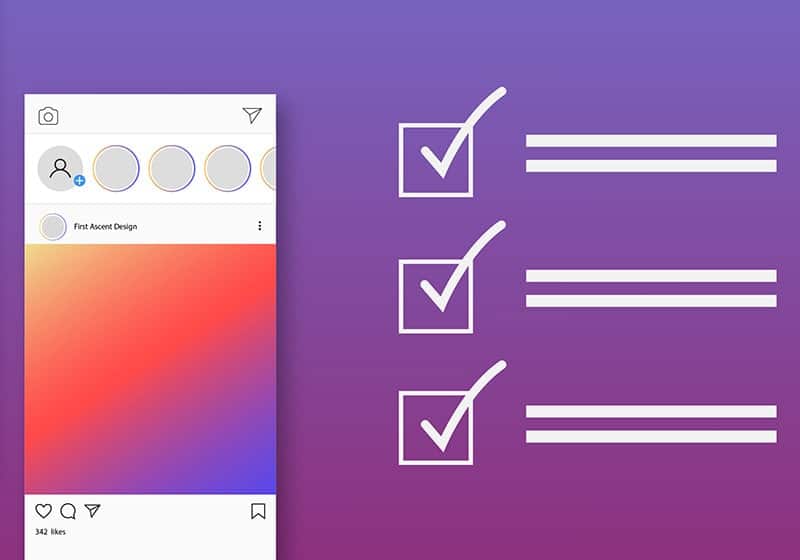You may have noticed that some of your social media accounts have ample engagement while other accounts aren’t doing as well. An effective social media profile should bring traffic to your website, create brand awareness, promote products and services, and collect feedback from your target audience. Through a social media audit, you can assess the performance of your social channels and use that data to optimize your content and posting strategy.
What is a social media audit?
A social media audit is the process of reviewing your social media accounts, measuring progress towards your goals, determining strengths and weaknesses, and finding opportunities to enhance and grow those accounts. An audit evaluates your accounts in several ways, including examining how active the accounts are and whether posts are consistent with the brand’s goals. Through an audit, you can check the demographics of your followers to see if they match your target audience and review what types of content and platforms are performing well.
Why is it important
Navigating social channels for your organization without conducting a social media audit is like throwing darts in the dark. An audit can help you refocus your energy on the accounts and strategies that will actually work. Knowing your audiences on various platforms can guide you in creating engaging posts, establishing the right tone and language, and providing the best offerings. The data gathered can be used to improve your social media presence.

How to do a social media audit
Find all your social media profiles. Write a list of all the social media accounts that you have, including older ones and those on lesser-known channels. You can do this through a simple Google search or by looking them up on each social media platform. Channels you should check include: Facebook, Instagram, Twitter, YouTube, TikTok, Pinterest, LinkedIn, Snapchat, Yelp, Tumblr, Reddit, and Medium.
Understand your audience. Once you have a list of social media platforms, it’s important to determine which are working in your best interest. Part of that process includes deciding what channels will best reach your target audience. Each social media platform has a different set of demographics. For example, according to Pew Research, Instagram, Snapchat, and TikTok are more widely used by young adults, and LinkedIn is more likely used by those with higher levels of education. Are your followers matching the demographics you are trying to target? You can check this information through each platform’s audience analytics tools.
Review or set goals. What is your organization’s overall mission? What do you want each social media profile to achieve? Your social media goals should align with broader objectives for a business or nonprofit. These goals could include building brand awareness, increasing traffic to your website, improving engagement with the community, generating leads, or boosting sales of your products or services.
Analyze each channel. Now that you understand your goals, you can better determine whether each channel is working to support those goals by looking at your metrics. For example, if your goal is brand awareness, then you may want to look at reach and impressions. However, if your goal is to get more traffic to your website, then you’ll want to look at clicks.Through the analytics tools available on each platform, you can identify your best-performing posts. What posts are getting the most likes, shares, and comments? Consider creating more content that is similar to the posts that your followers are engaging with.
Decide what goes and what stays. After looking at your followers’ demographics and how posts are performing, you can discard the channels that aren’t reaching your target audiences and/or have poor engagement. Keep the profiles with potential and develop them using the data the social media audit has produced.
Inspect each profile. Every platform varies in what kinds of information can be added to your profile, such as a Bio for Instagram and an About section for Facebook. You should double-check that you have filled in all important sections for your account and ensure that the information is accurate and in line with your brand. Upload a profile picture, cover photo, or logo where necessary. Place your profile under the accurate category for what you do. Link your website. See if your handles need to be changed to more relevant or easy-to-find names.
Changes happen all the time, especially when it comes to social media. That’s why you should perform a social media audit at least once a year.
If you ever find yourself needing help or want another set of eyes to review the data, don’t hesitate to reach out to us for help!
